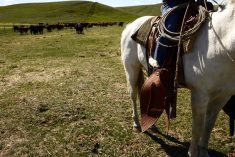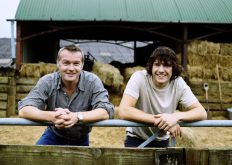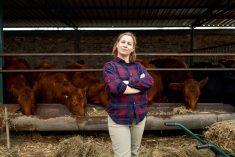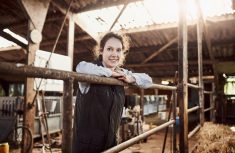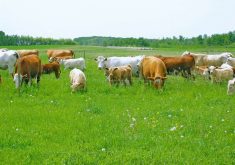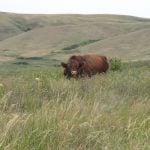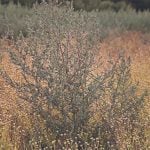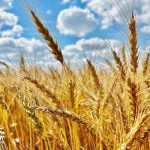David Irvine has long been a mentor of mine and a leader in the field of organizational development. He began his career in family systems therapy and expanded from there. He now describes himself as the leadership navigator.
Irvine hosts a monthly webinar to support people’s growth. One of the recent ones was titled “Embracing Change — The Power of Possibility.” In it, Irvine describes his life’s work as helping people connect to their true nature.
Read Also
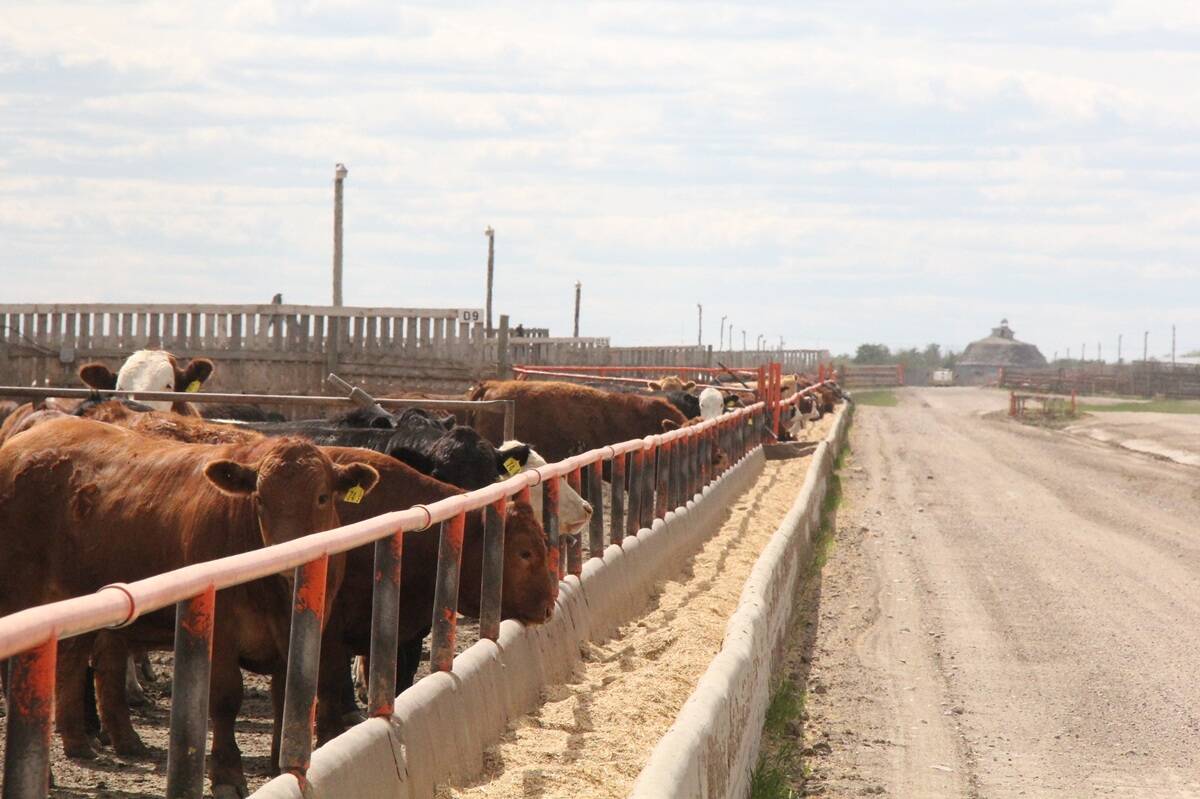
Unwinding the fibre in feedlot cattle diets
Research into how barley rolling method and undigestible NDF levels affect animal performance and digestive health in finishing diets
“You don’t need to change yourself; you need to come home to yourself,” he said in his opening. This is his idea of authenticity.
He further describes authenticity as:
- Respecting and supporting who you are.
- Connecting to your unique abilities, other people and your life’s work.
- Making a meaningful contribution to the world.
Irvine said that it is through change, and its accompanying difficulties, that we encounter doorways to uncovering our authentic self. A wiser, kinder and stronger self can emerge.
Along with that thought is the natural human tendency to resist change. We all do it. Another mentor suggested that there are optimum times for some changes and if we miss those opportunities, the change will be more difficult.
Think of a scenario where the senior generation is moving off the farm. They have spent their entire life working. Moving to a different type of home, place and community can be a massive transition.
Some people are fortunate enough to stay on the farm until they pass away. That is highly dependent on their physical ability and health, as well as the support available to maintain the quality of life they seek. Are there times when it might be easier to tackle that type of change?
Irvine has recently gone through such a change as they sold their acreage and downsized to a smaller home in town. He suggests embracing hard situations, recognizing reality is our friend, and leaning into what we are going through. We don’t need to be afraid of the dark.
He also defines change as an event that happens outside of a person. Transition is an internal process. Transformation is about leading the transition to move yourself and others into a new perception of themselves and the world. Change helps us to evolve to a place we are meant to be.
He describes the change model, which I have referenced before, as having the following stages:
Fear is a normal response in the early stages, and we need to be intentional about stepping out of our comfort zone. It is often said that is where growth truly happens. Along with fear can come anxiety, uncertainty, confusion, grief, suspicion and self-doubt. Chaos will happen between the wake-up call and reflection. “This will not likely be a productive time, and one should allow for three to six months. It can be a time of creating and connection,” said Irvine.
He cites strategies to help navigate the process. Slow down and get your bearings. Make a space for grief. Connect with a community that supports you and holds you up. Develop a practice that offers a ballast.
Reframing a crisis to that of an adventure of discovery can be helpful. Irvine describes it as “the hero’s journey, viewing adversity as something wanting to be born.”
In our agriculture operations, we are continuously dealing with change. I believe we deal with more change than other industries, because so much is out of our control. Everyone reading this knows about drought, market changes and loss, to mention a few of these factors. Perhaps that equips us with some tools to be more resilient. Yet, recognizing the process as Irvine outlines it can be helpful. In our teams and families, it can add insight as to why individuals are responding the way they are.
We won’t always have time to go through the stages in an appropriate timeline. Immediate action may be required. When the cattle are out on the highway, we do not have the opportunity for a lengthy discussion on why and how it happened. The first response is to deal with the crisis and get them back where they should be. Once that is taken care of, we can examine causes and potential solutions.
Now that the growing season has ended and the winter months will be settling in, we can take the opportunity to examine how the 2024 season went. Use the simple SWOT analysis tool of strengths, weaknesses, opportunities and threats to review the year. Do this as a team and record the responses. It can be the first step of working more deeply on your 2025 annual strategic plan. Monitor the key indicators you use to determine if you are on track. Are there logjams you need to address? Take time to work on the five-year vision, which amazingly enough will now be shooting for 2030.
Irvine concluded with “Life is a novel, not a chapter,” and asked “If your life were a book, what would be its title? What chapter are you on now?” Something to think about.
You can find our Depth of Field videos in one place, here! Or find the podcast on Apple or YouTube!


